-
 KENYA BEGINS EVACUATION OF CITIZENS FROM IRAN
KENYA BEGINS EVACUATION OF CITIZENS FROM IRAN
-
 KDF OFFICERS TO START PAYING FOR FOOD FROM TUESDAY
KDF OFFICERS TO START PAYING FOR FOOD FROM TUESDAY
-
 KALONZO SET CONDITIONS TO WORK WITH RUTO
KALONZO SET CONDITIONS TO WORK WITH RUTO
-
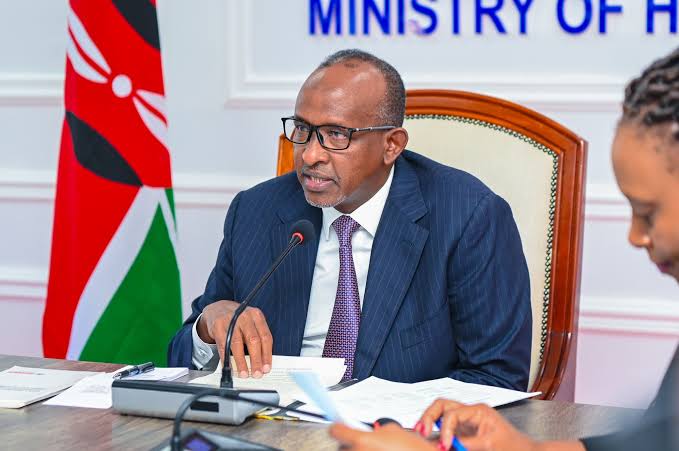 GOVERNMENT SHUTS DOWN 35 HOSPITALS FOR SHA FRAUD
GOVERNMENT SHUTS DOWN 35 HOSPITALS FOR SHA FRAUD
-
 FORMER RECORD HOLDER KOSGEI SET FOR SYDNEY MARATHON
FORMER RECORD HOLDER KOSGEI SET FOR SYDNEY MARATHON
-
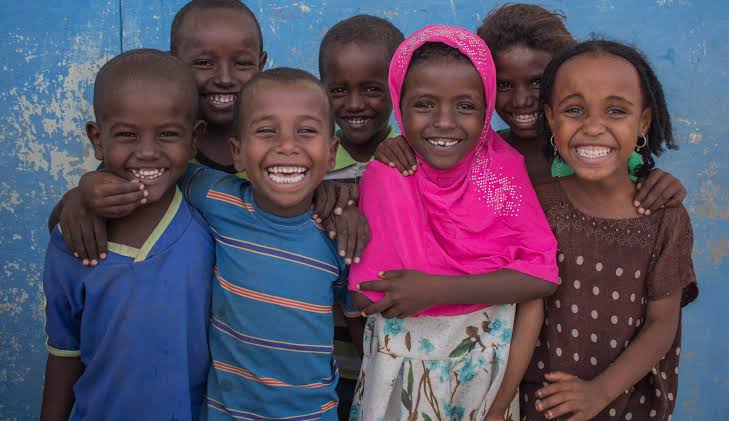 Four in Five Child Deaths in Africa Are Preventable, New Report Reveals
Four in Five Child Deaths in Africa Are Preventable, New Report Reveals
-
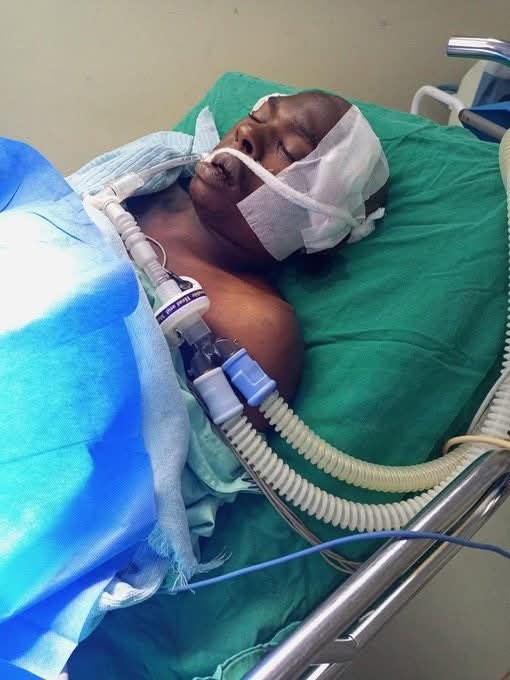 SHOT MASK VENDOR CONFIRMED BRAIN DEAD
SHOT MASK VENDOR CONFIRMED BRAIN DEAD
-
 GACHAGUA DISMISSES POLICE STATION ARSON AS 'LIES' AMID RISING UNREST
GACHAGUA DISMISSES POLICE STATION ARSON AS 'LIES' AMID RISING UNREST
-
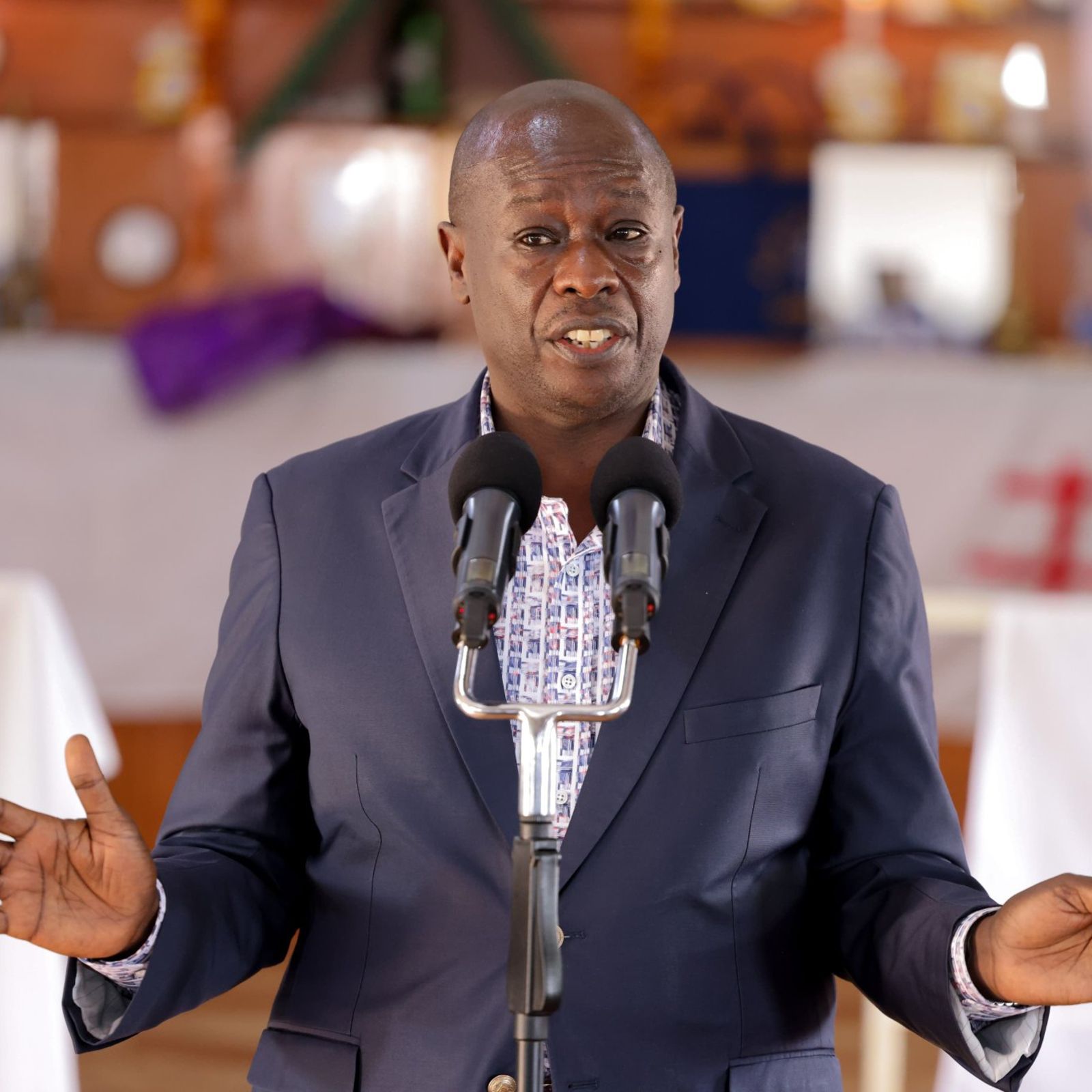 GACHAGUA SETS TO BREAK FROM LOCAL TO DIASPORA POLITICS
GACHAGUA SETS TO BREAK FROM LOCAL TO DIASPORA POLITICS
Four in Five Child Deaths in Africa Are Preventable, New Report Reveals

A scroll through Mama Baraka’s TikTok page is both heartbreaking and deeply moving. Her posts chronicle the painful journey of losing her four-year-old son, Brylejones Baraka, in 2024 after a prolonged battle with illness.
“Baby Baraka was a post-liver transplant patient on immunosuppressive medication. He had sepsis and was admitted for three weeks with no improvement,” she tearfully shared in a viral video viewed over 520,000 times.
Baraka’s story is one of courage and love. Born with liver complications, his health declined rapidly in infancy, leading to malnutrition by six months. On his first birthday, doctors advised a transplant his mother donated part of her liver in a desperate attempt to save him. But complications persisted, and after his death on June 16, a post-mortem revealed multiple malignant tumours across his organs.
Her page now serves as a memorial. “June 16 was the darkest day of my life. I lost a son I loved so much,” reads her bio.
Baraka’s tragic story underscores a wider crisis across sub-Saharan Africa. A groundbreaking study by the Child Health and Mortality Prevention Surveillance (CHAMPS) Network, implemented in Kenya by KEMRI, has revealed that 86.9% of child deaths aged 1–5 years involve infections, and over 82% are preventable.
Dr. Victor Akelo, CHAMPS Senior Director at KEMRI, explains that despite global investments, child mortality remains high in Africa. “The question was: what is really causing these deaths?” he said.
Funded by the Gates Foundation, CHAMPS introduced Minimally Invasive Tissue Sampling (MITS) a culturally sensitive alternative to full autopsies. Using fine needles, researchers collect tissue for pathology and lab testing, allowing them to accurately determine causes of death without major disfigurement.
In a cross-sectional study of 632 post-neonatal deaths across seven sites in sub-Saharan Africa and South Asia, the leading causes included malnutrition, malaria, HIV, birth defects, respiratory infections, and diarrheal diseases.
Dr. Akelo highlighted progress in malaria prevention through bed nets, prophylactic drugs, and the rollout of vaccines in Kenya. However, malaria remains a significant cause of death in regions like Siaya County.
The study identified dangerous pathogens including Klebsiella pneumoniae, Plasmodium falciparum, and Streptococcus pneumoniae. Alarming findings showed that many infections, particularly those caused by Klebsiella and Acinetobacter baumannii, were nosocomial contracted within healthcare facilities.
“The issue is infection prevention,” said Dr. Akelo. “Simple measures like proper surface disinfection similar to COVID-19 protocols can drastically reduce transmission.”
Paediatricians witnessing this crisis firsthand agree. Dr. Isaac Kihurani of Aga Khan University Hospital in Nairobi sees up to 20 children a day, including those in ICU. “You empathize with the child and their family,” he said. “We also seek counselling and peer support to process the emotional toll.”
Dr. Aura Nzinga, who treats patients aged 0–10, emphasized the mental strain. “When a child dies especially from a preventable cause it stays with you. We hold debriefs, review systemic failures, and recommend post-mortems to give families closure.”
Both doctors stress early intervention and awareness. In cases of HIV, they support prevention of mother-to-child transmission through antiretroviral therapy and safer delivery methods. Mental health support is also critical for HIV-positive children.
Experts agree that ending preventable child deaths requires a collective, coordinated effort. The CHAMPS study provides a roadmap, but implementation remains key.
“The data is there. The solutions are known,” said Dr. Akelo. “What remains is the political will and resources to act.”
Baraka’s death, though deeply personal, echoes across thousands of households on the continent. It serves as a painful reminder that without accessible, quality healthcare, even the most advanced medical knowledge cannot save Africa’s youngest.
The question is no longer what causes these deaths but how fast we can act to stop them.


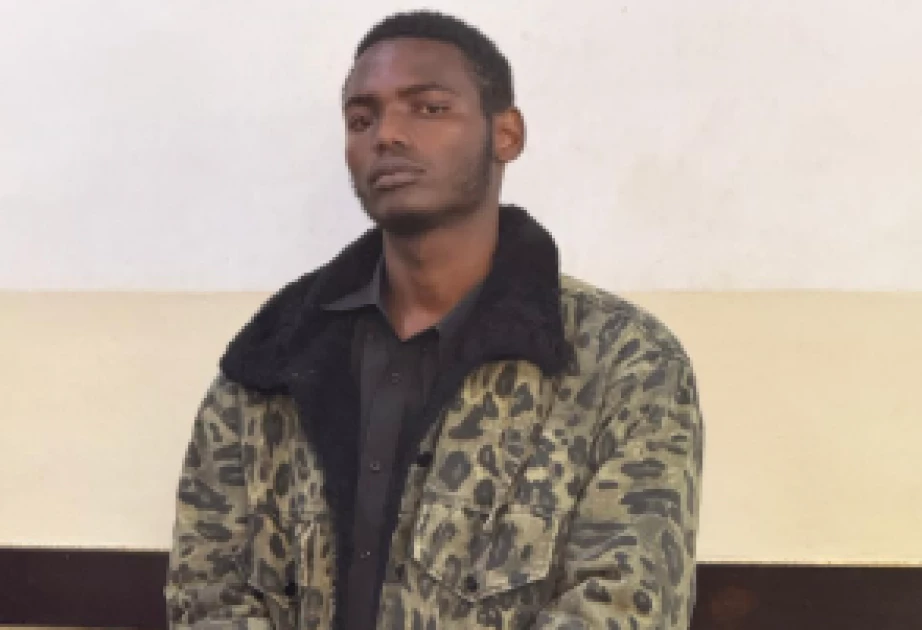


Comments (0)
No comments yet. Be the first to comment!